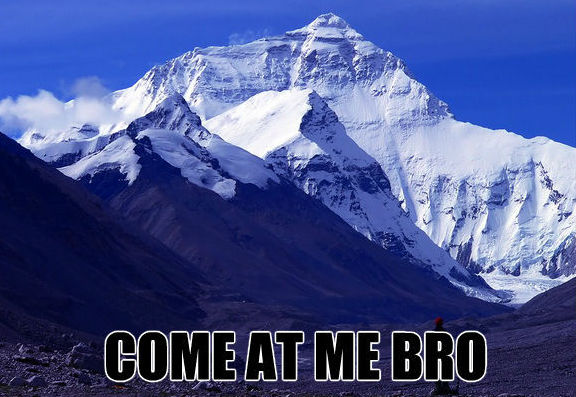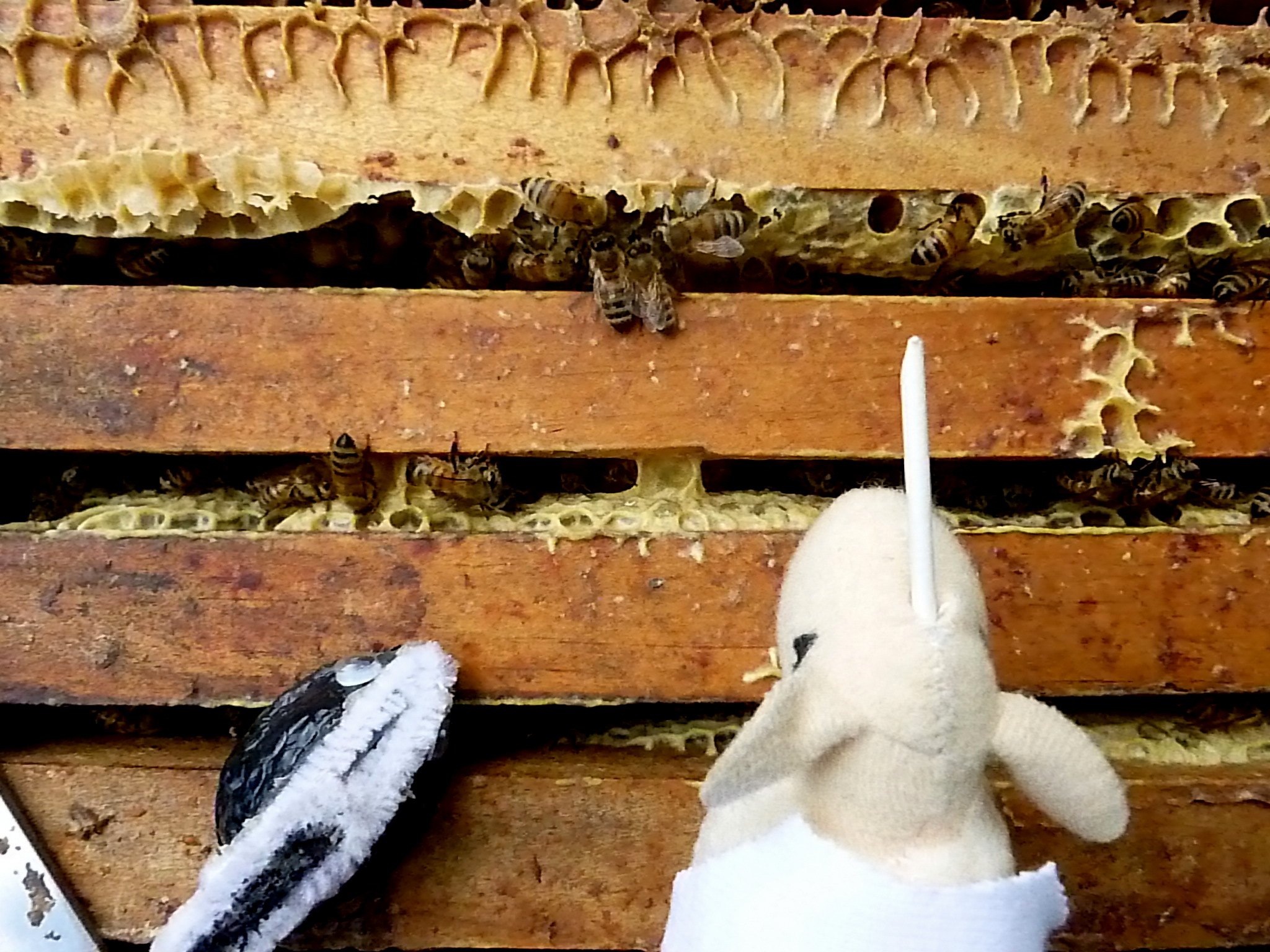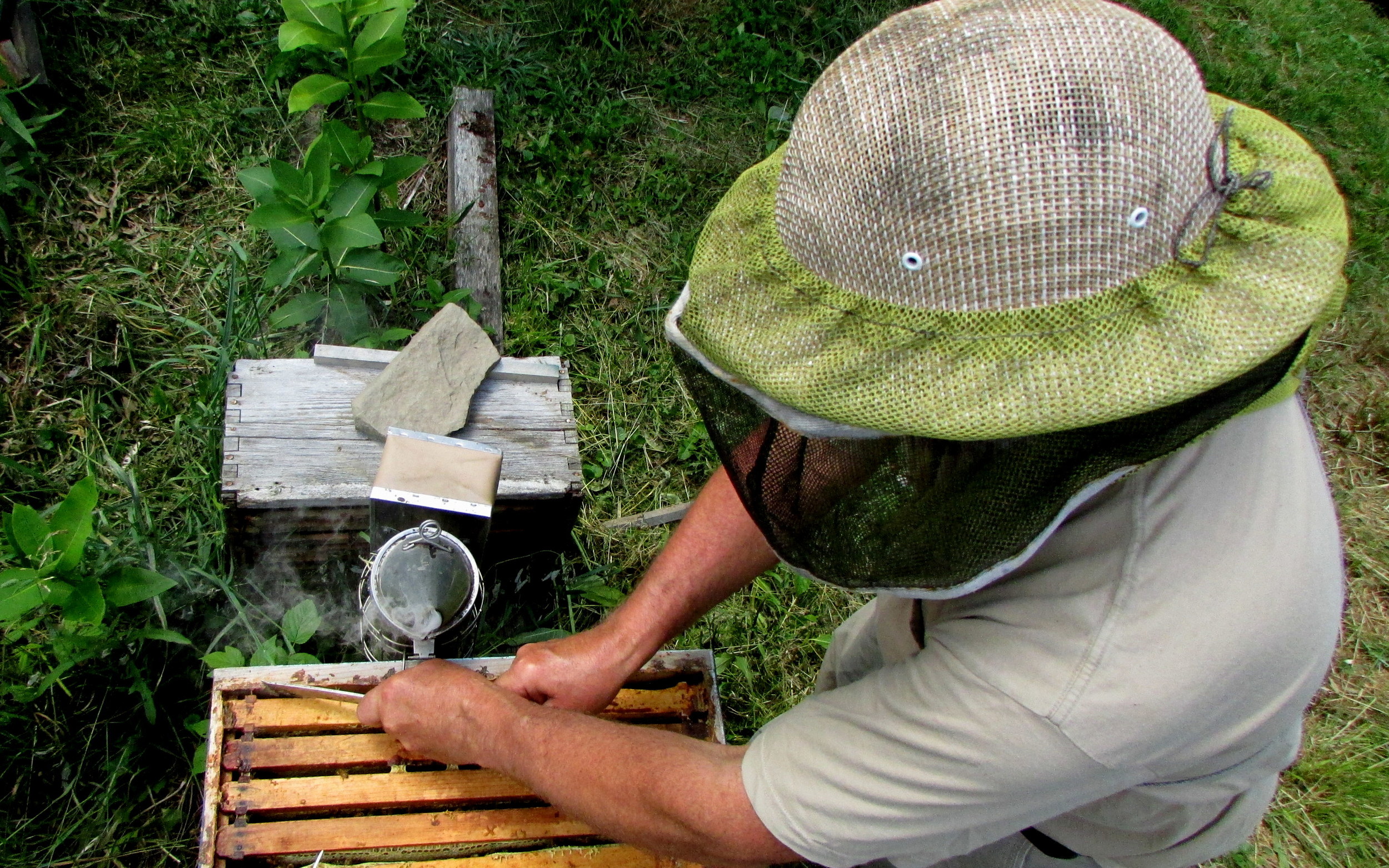Selling stuff is hard. Ever tried setting up your own Etsy site for hand-knitted underwear? Ever tried to get a booth at a Farmer's Market to sell your handmade wooden shoes? Ever tried to get people to visit your blog or stop by your farm stand to buy duck eggs?
The reason it's hard is because before you can sell anything, you have to make it. You have to spend hours and hours and hours knitting or carving or writing or taking care of ducks. Then, once your project is done (or started at least), you have to tell people it's there. And you can't just put on a chicken (or duck) costume and stand by the side of the road. People will laugh, but probably not buy anything.
Every week I read a couple of newsletters that dump author interviews into your inbox. The interviews ask authors a few different things: who are you? What have you written? What are you reading? What advice do you have for other authors?
But one of the newsletters asks one question I particularly like: "What is your best method or website for promoting your books?"
You can scroll through some of these interviews on your own if you'd like to, but over the months I've begun to notice a pattern of responses, and I thought I would draw out a four "strategies," some of which might work, and others of which... definitely won't. Then I'll go into a few of the numbers.
The Patterns
1. Careful evasion of the question.
Either they write something profound that they learned ("you have to find a way for marketing to bring you joy in order to be successful!" or "Is there a best method? I try to write good books!") or they just leave the question blank.
2. Saying, "I'm new to this and don't know what works!"
While that may be the truth, you don't have to admit it, and what "works" is all relative based on where you are in the process. When I first started out, selling stuff to my friends and family worked best. (Spoiler: this is not a good long-term strategy.) Now, I have a marketing strategy that utilizes a wide variety of methods, all designed to bring value to readers.
3. Listing a social media site as being successful.
Now, this may the most successful marketing some people have done. But I think most people would measure this based solely on the engagement they get on Facebook or Twitter or the amount of time they themselves personally spend on the site, and not how well this translates into sales. (It's also possible they haven't actually tried anything else.) The problem with a marketing strategy consisting solely of social media is that the best way to sell books (or anything else) through social media is to yell louder than everybody else, and that just mostly annoys people/customers.
4. Listing actual sites or strategies.
This was more of a random smattering of people than a pattern. I appreciate this, because then I go check the sites out on my own and maybe find something that works.
The Numbers
Now let's look at the less-than-accurate numbers. I would love it if someone did a real count on these, but here is my half hour scan.
I read through approximately 120 author interviews, with the HUGE caveat being that I have no idea how most of these people are measuring "success". I would measure it in sales, but those are hard to track. Others might measure in engagement, # of page likes or followers, or simply based on whatever they happen to spend the most time doing.
Here's what I found:
- At least 36/120 authors listed social media as their primary marketing strategy (there were others that listed it as one out of many strategies):
- 20 listed Facebook (1 person specifically mentioned Facebook Ad Campaigns and 1 person specifically mentioned the Facebook Call to Action button)
- 13 listed Twitter
- 6 listed Goodreads
- 2 listed Google+
- 1 listed Tumblr
- 1 listed Instagram
- 1 listed LinkedIn
- 1 listed Pinterest
- 29 people said "I'm new and don't know what works!" or "I don't market" or "I have no idea what I'm doing." Good news, folks: you're probably selling more than they are.
- 19 people listed the site hosting the interview (Awesomegang.com) as the most effective tool--this note is extraordinarily helpful to the people reading the interviews (*sarcasm alert), even if it is true.
- 15 people listed their own personal website, which only works as a marketing tool if they are somehow attracting people to their site--which is a different marketing strategy all in itself.
- 11 people said "putting yourself out there" as the best strategy, or "doing all the strategies!!!"
- 7 people listed Amazon as their primary marketing strategy. I have to be honest, I don't really understand what they mean by this. Amazon is a distribution platform, not a marketing platform. Your goal as a marketer is to drive traffic to Amazon. Two people mentioned KDP, which could be considered marketing, but I'm not sure about the others.
- 4 people mentioned "word of mouth"
- 3 people listed book signings or live appearances, and one person just said "face to face"
- 3 people mentioned a newsletter
- 3 people mentioned hiring someone to do your promotion or getting a publisher
- 3 people mentioned getting reviews
- 3 people mentioned writing the next book or co-writing a book
- 2 people mentioned free giveaways
- 1 person mentioned press releases, and 2 people mentioned printing bookmarks
- Several people listed one or two sites that they use. These are by far the most helpful responses, because at least you can go check them out for your own edification. I bolded the ones I've used, and italicized the ones I decided not to use for one reason or another:
- Ereader News Today
- Rave Reviews Book Club
- Bublish
- Bargain Booksy
- eNovel Authors At Work
- Books Go Social
- BookGoodies
- Freebooksy
- EReader Cafe
- Fussy Librarian
- Bknights on Fiverr
- Ebooksoda
- Fussy Librarian
- CHBB/Vamptasy
The best advice I found out of the interviews I read was this:
"I don’t think there’s just one method or website that works best for promoting my books. I use a mixture of social media sites like Facebook, Twitter and Instagram, as well as my website in general by blogging about my books and helping other authors promote theirs. I also really like Goodreads... I think interacting with readers and book bloggers and just being present in the realm of social media is one of the best things an author can do to promote themselves. When a reader messages me, I message them back as soon as I can. I also try to post updates on my website enough so that my subscribers are interested in said updates but not enough to where they’re deleting every email from me instead of checking out the post." --Steph Nuss, romance author
For those of you who are curious, this is what my author interview said:
Well, I think my website is pretty slick (www.arielesieling.com), but I get most of my sales by doing promotions all over the place. Email blasts, blog tours, and social media are extremely helpful tools. I have also been doing a lot of in-person events; my favorite is going to different Comic Cons. At the next one I will dressed as Kailee from Firefly, and my two colleagues will be Mal and Jayne. It’s going to be fun.
So what's the magical formula? 'Tisn't one. So what's my primary strategy?
Doing something marketing every day.
It might be little--posting on Facebook or Twitter; it might be medium--writing a blog post or paying for an online promotion; or it might be big--sitting for 12 hours with a booth at an outdoor festival or writing another book to sell the first few--but I do at least one thing every single day.
Now, I'm no Hugh Howey, and right now I am dumping every cent I make back into selling more, but the sales continue to climb. And I wish the best for my fellow authors who are out there working to climb Mt. Everest one treacherous foothold at a time.

























